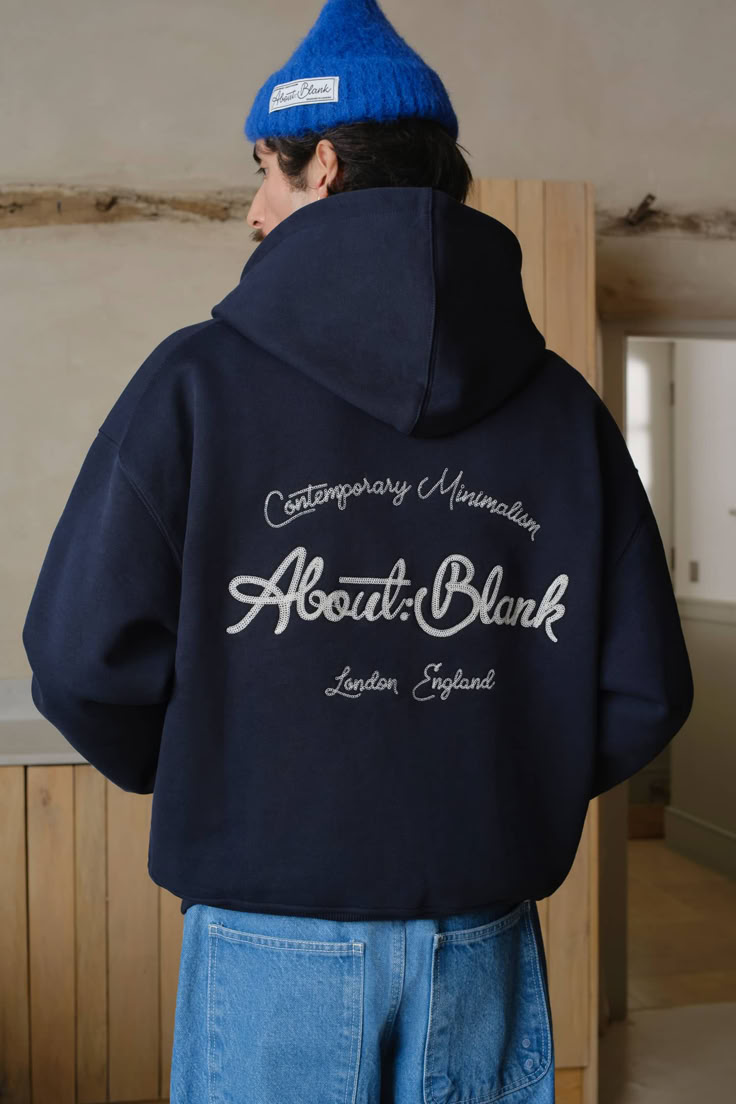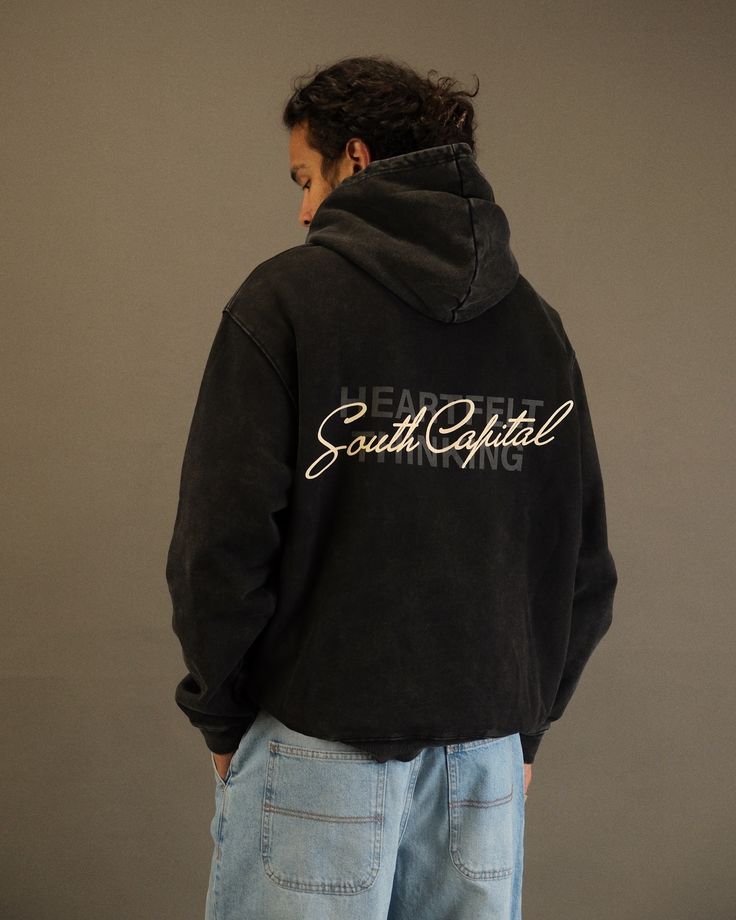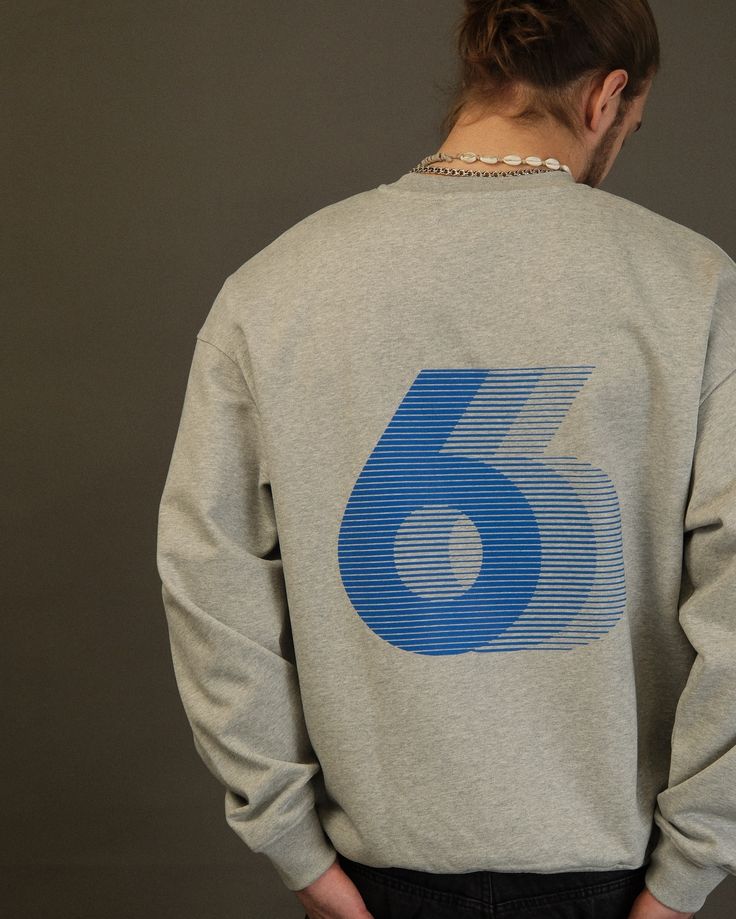Introduction
The hoodie has always been more than just a garment. It’s a symbol, a statement, and in 2025, a cultural blueprint that’s being rewritten with purpose. Once relegated to gym bags and suburban streetwear, the hoodie has undergone a remarkable transformation. In the current fashion landscape, it is no longer an afterthought—it is the main event. The rebirth of hoodie culture represents more than a trend revival; it embodies a profound shift in how we understand comfort, identity, and the intersection between design and lifestyle.
In 2025, the hoodie is no longer simply worn—it wears you. It reflects your mood, your ethics, your tribe. From the catwalks of Tokyo to the sidewalks of Brooklyn, from sustainable textile labs to NFT fashion houses, hoodies have evolved from utilitarian outerwear into powerful vehicles for storytelling. Every stitch carries symbolism. Every silhouette holds significance.
This article is a deep dive into the phenomenon of hoodie culture reborn. It explores how technology, sustainability, subcultures, and individuality have converged to elevate this humble piece of clothing into an icon of modern life. We will trace its roots, unpack its present dominance, and forecast where this ever-adaptable form is headed next. Whether draped in recycled cotton, engineered through AI, or sold as a digital collectible, the hoodie in 2025 stands at the nexus of comfort and rebellion, of heritage and innovation.
Let us begin by exploring the historic evolution of hoodie culture before dissecting its new avatar in the era of digital consciousness and conscious design.
A Brief History of the Hoodie: From Workwear to Weapon of Expression
Long before the hoodie reached the status of fashion icon, it lived a humble life in warehouses and sports fields. Originating in the 1930s, the hoodie was created for workers laboring in freezing conditions in New York warehouses. Its hooded design provided protection from the cold, while the kangaroo pocket added utility. Simple, rugged, and functional—these were its first defining traits.
By the 1970s and 80s, however, the hoodie began to shed its purely utilitarian skin. Hip-hop culture, skateboarding, and punk rock scenes adopted it as a staple of nonconformity. Wearing a hoodie meant embracing the fringe, the underground, and sometimes even the forbidden. It became armor for the misrepresented, a canvas for resistance, and a uniform for youth in revolt. It was both a shield and a loudspeaker.
The 1990s saw its commercial breakthrough. Sports brands, streetwear labels, and high-fashion designers alike began to reimagine the hoodie as a lifestyle essential. As the lines between athleticwear and everyday fashion blurred, the hoodie emerged as the emblem of athleisure—casual, confident, and versatile.
But it wasn’t until the digital age that hoodies fully transformed. Tech leaders donned them in boardrooms. Activists wore them in protest. Gamers wore them in streaming sessions. The hoodie had found a new home in every subculture imaginable. In 2025, the garment is no longer just for warmth or rebellion—it is an extension of the self.
The 2025 Silhouette: Oversized, Genderless, and Architecturally Designed
In 2025, the shape of the hoodie has evolved to defy conventional categorization. It is no longer bound by gender norms, size charts, or seasonal expectations. Today’s hoodie is architectural in form and inclusive in spirit. Oversized proportions are not a trend but a statement—a reclamation of space, a refusal to conform to traditional tailoring.
Designers are deconstructing and reconstructing the hoodie with precision. Dropped shoulders, exaggerated hoods, modular panels, and extended sleeves are crafted to express both movement and stillness. It drapes more like outerwear, yet maintains its foundational comfort. The classic kangaroo pouch may now hide invisible zippers, pockets for tech devices, or even thermal sensors that adapt to your body’s temperature.
Genderless design is at the forefront. In 2025, the hoodie is universal. It is shaped for humans, not categories. Brands are embracing sizing systems that focus on drape, not division. Fit is about feeling—not binary definitions. The hoodie becomes fluid—able to adapt to many bodies and expressions.
Architectural silhouettes also mirror our architectural lives—cityscapes, screen dimensions, tech interfaces. It is no coincidence that the hoodie now echoes the form of our hypermodern existence. It is both analog and futuristic, as ready for the street as it is for the metaverse.
Material Evolution: Sustainable Textiles and Responsive Fibers
The modern hoodie is no longer sewn from traditional cotton blends alone. In 2025, innovation in fabric technology has redefined what it means to wear something soft, durable, and responsible. Hoodies today are built from recycled ocean plastics, organic hemp, lab-grown fibers, and even biodegradable smart materials that decompose without harm.
Sustainability is not a feature—it is a foundational requirement. Brands competing in the hoodie space must now show traceability across their supply chain. Consumers expect more than softness and style—they want to know the story of the fabric, the ethics behind the dye, and the environmental footprint of the manufacturing process.
Beyond sustainability, material science has given rise to reactive textiles. Some hoodies now feature temperature-regulating threads, moisture-sensing fibers, or woven tech that integrates Bluetooth capabilities. These garments not only serve physical comfort but extend into digital interactivity.
The hoodie of 2025 may warm you in cold weather, display notifications on the sleeve, or even change color based on mood or environment. It is a hybrid of nature and machine, care and code. Material choices are storytelling tools—and the narrative is one of progress.
Conclusion: The Hoodie as the New Cultural Code
In 2025, the hoodie is no longer just a fashion item—it is a mirror of the world we live in and a signal of where we are headed. Its resurgence is not driven by nostalgia alone, but by a deep cultural need for clothing that communicates, adapts, and empowers. The hoodie has evolved from utilitarian warmth to wearable identity—effortlessly bridging comfort, style, ethics, and innovation.
Today, wearing a hoodie is not simply about staying warm or looking good. It is an act of intention. It speaks to values of inclusivity, gender neutrality, sustainability, and freedom of self-expression. It reflects both individuality and collective belonging. In many ways, the hoodie has become a global uniform for the generation that refuses to be defined by borders—whether geographic, social, or stylistic.



